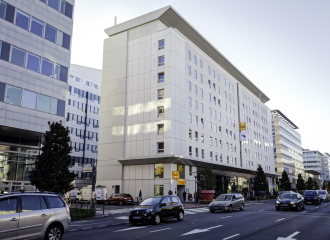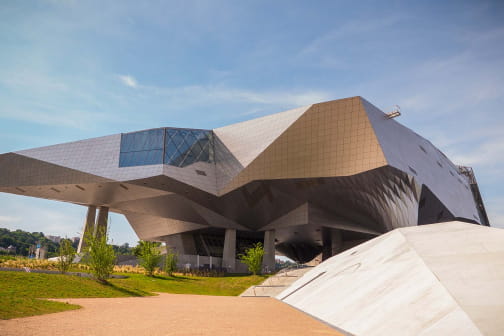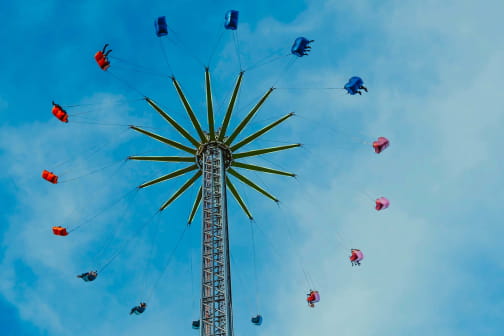Lugdunum Roman Theatres of Lyon
Lyon ème
Classified as a "Historical Monument" in 1905, this exceptional site gathers the remains of the Grand Theater and the Odéon, which can be visited all year round and free of charge.
Once a place of entertainment and culture, they were transformed into quarries at the end of Antiquity. Many stones were moved to build Lyon below. It was not until the 20th century that theaters were rehabilitated and partially rebuilt.
The Great Theatre, the oldest in France, built by Augustus in 15 BC and divided into 3 sections: the "cavea" (a vast shell with 25 stands leading to the pit) built on a gallery. In bad weather, a "velum" (awning) was stretched over the "cavea", tied to the backstage wall. The "cavea" had several "vomitorias" (doors leading to the stands). The "balteus" was the wall separating the Plebs from the Patricians. Finally, the semi-circular pit was the most ornate part with multi-coloured geometric patterns. This was where the choir, dancers and actors performed. It is 27 m in diameter.
In the theatre's stands, blocks of white limestone give us an idea of what the monument originally looked like. The stage supported by a wall, the "pulpitum", has been fitted with floorboards to allow use of the theatre today. It is decorated with a few columns and the statue of a woman. Each column was there to commemorate an emperor, with his ashes stored in the base. The theatre was dedicated to tragedies and comedies. It could hold 4,700 people. It was extended under Hadrian's rule to 10,700 seats in 120 AD.
The Odeon, the smaller theatre (3,000 seats) was for political or philosophical orators, music, poets and an intellectual elite. Odeons had a small seating capacity. The one in Lugdunum could only seat 2,500 people. It was built under Antoninus, Hadrian's successor in the mid-second century AD.
The Odeon stood to the west against a 6 m thick wall, supporting the roof of the "cavea", 73 m in diameter, consisting of stands leading to a pit paved with geometric designs: diamonds, squares, rectangles, circles highlighted by strips. White, pink or beige marbles, blue or grey granite, green or red porphyry were brought from Italy, Greece or Egypt.
Today, the two buildings host concerts, festivals, guided tours and other events. Every summer, the multidisciplinary festival Les Nuits de Fourvière takes place in the antic theatres.
All year round, daily between 7 am and 7 pm.
Closed exceptionally on January 1st, May 1st and December 25th.
Gratuit
Contact et accès 6 rue de l'Antiquaille69005 Lyon 5ème
Rhône (69)
Informations complémentaires
Ça peut vous intéresser
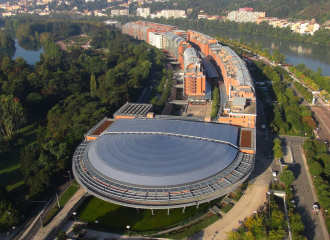
Centre de Congrès de Lyon
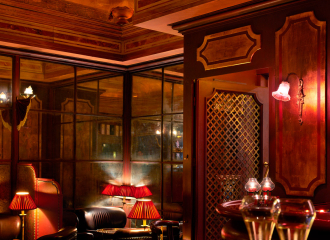
Bar du Passage
Ravigote
Ayers Rock
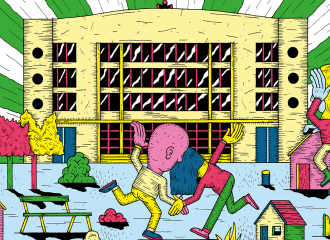
Mon théâtre en moi – Julie Desprairies
Le Saint Vincent
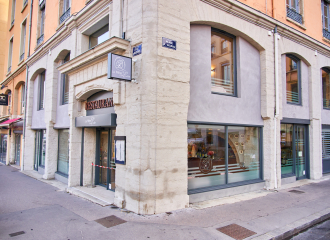
La Mère Léa

Spa Lyon Plage
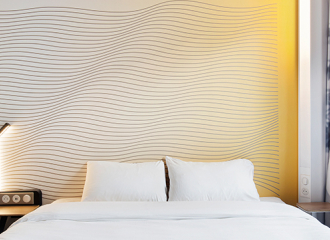
B&B Hôtel Lyon Centre Perrache Berthelot
Café Vatel
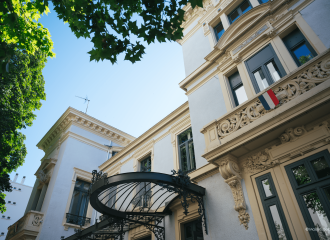
Restaurant Marguerite
